Articles
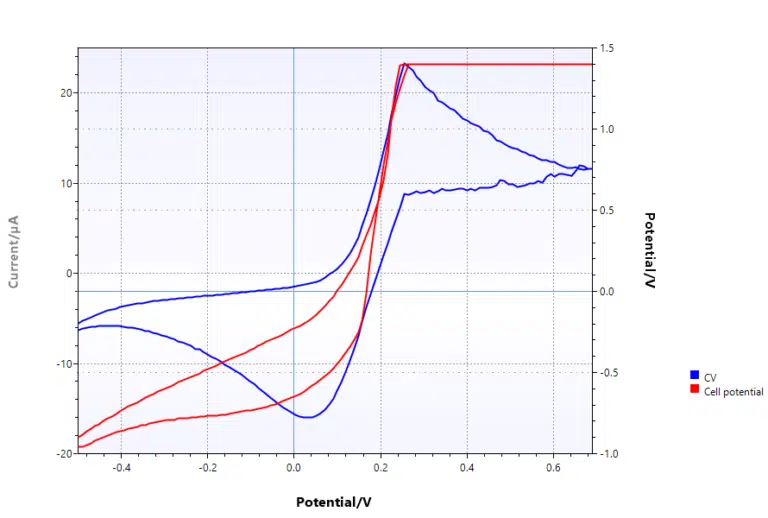
Compliance voltage
The compliance voltage is the maximum voltage that can be applied between the working and counter electrode. Another name could be the maximum cell potential.
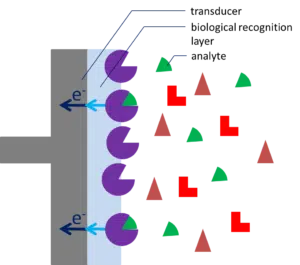
Biosensor
A biosensor is a sensor exploiting a biomolecule and is used to measure the presence of a certain substance in a liquid. For example, the medical world uses biosensors to detect a virus in the blood or to measure glucose levels in blood. These are mainly point-of-care applications, where direct results are important.

Anodic Stripping Voltammetry
Anodic Stripping Voltammetry is a method to demonstrate the presence of multiple metals in water. This method is usually applied to investigate the water quality of sewage, surface or drinking water.
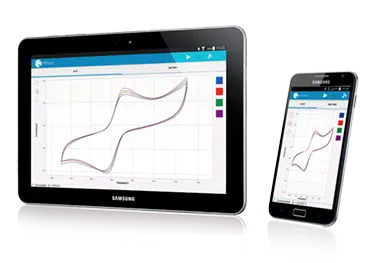
PStouch tutorials
With PStouch you can connect your Android smartphone or tablet via USB or wirelessly to your instrument. The following tutorials explain how to connect to your instrument, how to...
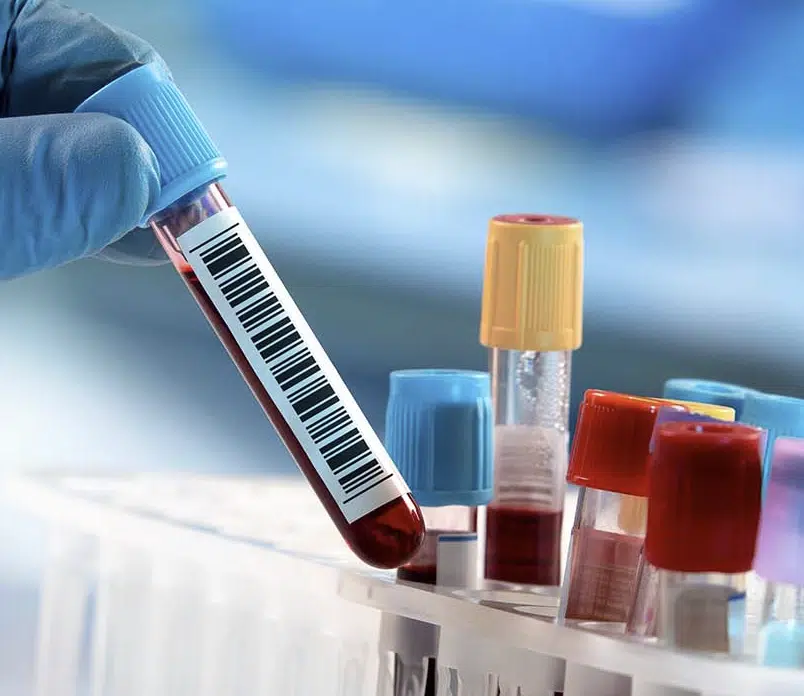
Electrochemical enzymatic biosensors
Do you want to make your own biosensors? How to immobilize the enzymes? Or are you wondering how to measure using a biosensor in a convenient and portable way?

List of symbols for corrosion research
Here you will find all the symbols used by us in this knowledge base. Please note that other publications might use different symbols for the same parameters.
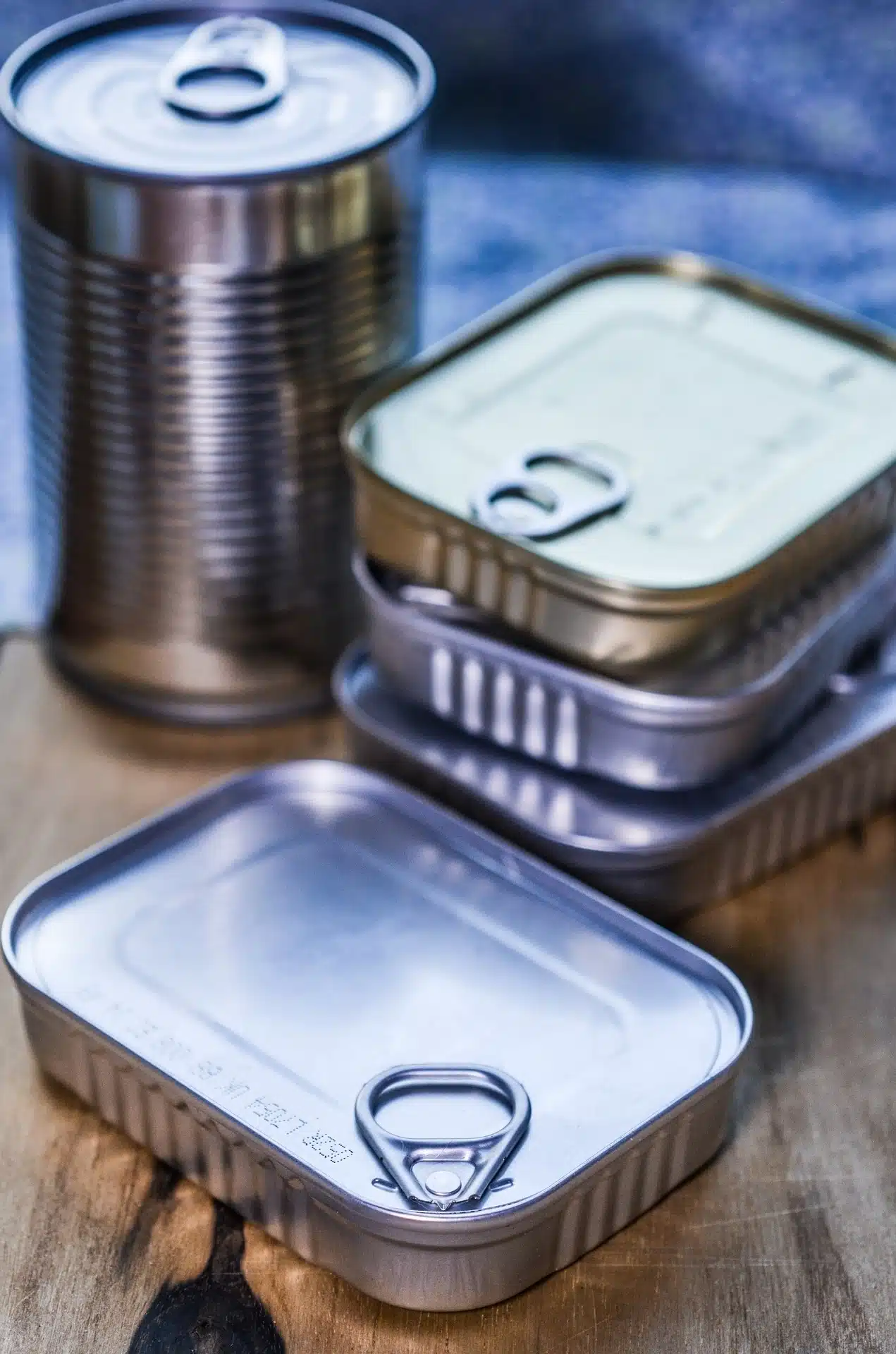
Coating Research in Food Industry
In this section it is explained why Electrochemical Impedance Spectroscopy (EIS) is a suitable technique to perform research on coatings meant for food storage. Furthermore, it will be explain how to estimate the time until an unacceptable resistance of the coating is reached based on EIS measurements. During the calculations also the order of the reaction leading to the failing of the coating and the reaction rate will be determined.

Rapid Electrochemical Assessment of Paint
This section will give you a step by step manual for the Rapid Electrochemical Assessment of Paint (REAP), which should enable you to perform your own REAP.

Constant Potential vs OCP or vs Reference Electrode
In this section the reasons for choosing a certain DC potential is explained. The advantages of using Ecorr as a reference point will be presented as well as how to choose in PSTrace to use potentials versus the reference electrode or versus Ecorr.

How to fit easily
In this section some guide lines to find good starting values for fitting are given.

Equivalent circuit fitting for corrosion measurements
In this section of the handbook the Warburg Impedance and the Constant Phase Element (CPE) are introduced, which represent electrochemical effects with no corresponding real electronic components. Furthermore, some equivalent circuits for typical corrosion systems are presented.

Bode and Nyquist Plot
In this chapter the two main ways of visualizing Electrochemical Impedance Spectra (EIS), the Nyquist and Bode plot, are presented and it is explained how different EIS of easy electronic circuits will be plotted in the Bode and Nyquist plot. This demonstrates the advantages and disadvantages of the two plots as well as serving as a foundation to understand the analysis of EIS by utilizing equivalent circuits.

Tafel Plot and Evans Diagram
To understand the foundation of corrosion current measurements the Tafel plot and the Evan’s diagram are explained. The connection between a polarization curve and the Evan’s diagram is explained and how to extract the corrosion current from a polarization curve.

Corrosion current
In this article the corrosion current, a fundamental parameter in corrosion research, is introduced.

Corrosion Potential
In this chapter the Open Circuit Potential (OCP) and the Corrosion Potential are introduced. The principles of reference electrodes as well as the 0 V by convention potential of the standard hydrogen electrode (SHE) are explained.
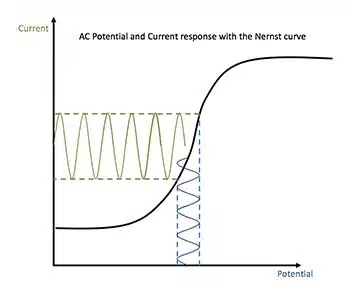
Origins of electrochemical potentials
This section is a short explanation of the processes that lead to electrochemical potential and thus to corrosion processes.

Troubleshooting on potentiostat experiments
Here are some general comments on trouble shooting that are valid for any experiment. We made this list to enable even not very experienced users to find the sources of trouble as soon as possible to keep the frustration level for you and coworkers as low as possible.

History of the potentiostat
Knowing the history of a device is helpful to understand certain terminologies or identify obsolete parts of a device that are still used because this is how it was always done.
